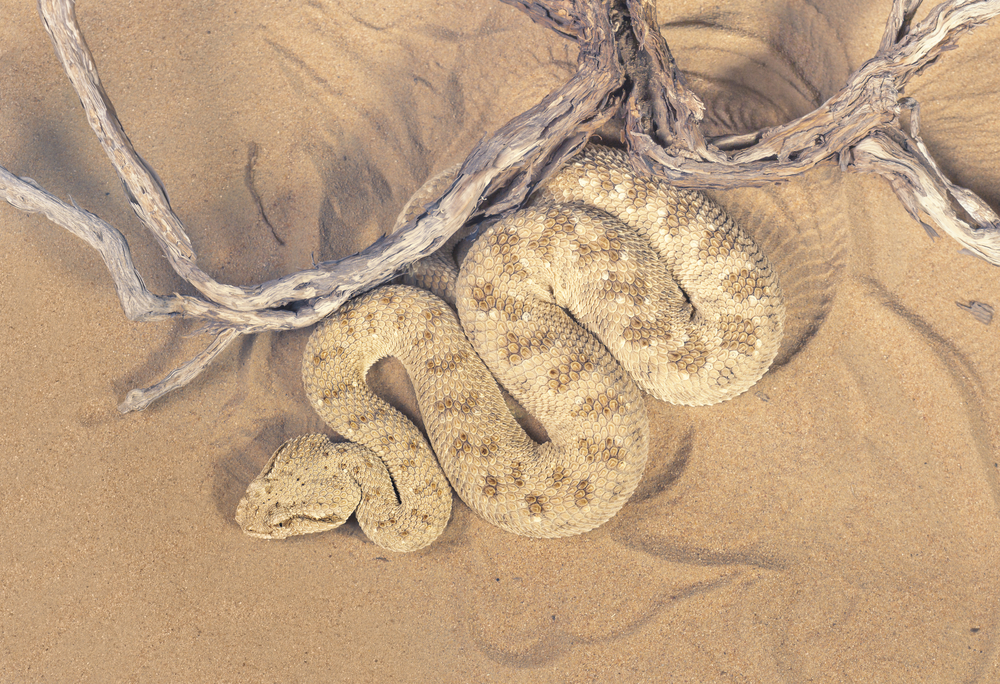Warming Food on Shabbos
< Lesson 2: Zones of the Blech
Lesson 3: Serving Food From the Blech
IMPORTANT NOTE: Please see Option 2 in the transcription below for halachic clarification on moving the pot back over the flame on Shabbos.
In this third lesson about warming food on Shabbos (or Shabbat), Rabbi Rappaport gives practical guidance on how to serve food from the blech, according to Torah Law (or Halacha), using soup as a practical example.
Before serving, be sure your ladle or serving spoon is dry! If you rinsed it and now it’s wet, you will be causing that uncooked water to cook when putting it in the hot soup, which is prohibited on Shabbos.
Now, there is a big difference whether you want to keep the soup hot after serving (in case someone wants doubles), or not. Rabbi Rappaport provides two possible methods of serving, to cater to both instances.
Option 1: The simple way – Take the pot off the blech
(Should you choose this option, you may not return the pot to the fire anymore.)
Status of the Food in The Pot
Once you remove the pot from the blech, it’s now called a “Kli rishon shelo al ha’eish” (lit. first vessel that is not on the fire) – It’s the pot that it was cooked in and it’s still hot, but it’s not on the fire anymore.
In the last lesson we said that when the pot is on the blech, even in Zone B (Yad soledes bo) – see Lesson 2 – you may not even add fully cooked food to the pot.
However, now that the pot is off the blech, you may add food to the pot, as long as it’s fully cooked, because of the rule of Ein Bishul Achar Bishul (Once a food is fully cooked it is not considered to be cooking anymore). So, for example, you may add soup noodles or regular salt to the pot.) However, a previously baked item still may not be added to the pot.
Status of the Food in The Bowls
Now it’s time to serve your soup. Once you ladle the hot soup from the pot into the bowl, the bowl gets rendered “Kli Sheini” (lit. second vessel). Although it’s still hot, it’s not in the original pot it was cooked in, so the laws are more lenient now. In a Kli Sheini, you still may not add an uncooked item, such as Himalayan salt or raw spices. However, you may add an item that was previously baked, so for example, you may dip your challah into your soup once it is in the bowl.
Now, let’s say that instead of putting the soup directly from the pot into the bowl, you ladle the soup into a tureen. You then bring the tureen to the table, and ladle the soup out into the bowls. So now, you have a Kli Rishon, which is the pot it was cooked in. Then you have a Kli Sheini, which is the tureen that the soup was ladled into. Lastly, you have a Kli Shlishi (lit. third vessel), the individual bowl. Ask your rabbi whether or not you can add raw food to the Kli Shlishi. There are differences of opinion as to whether you can put a food that hasn’t been cooked into the Kli Shlishi.
Option 2: Move the pot off the fire, but keep it on the blech
Rearrange your pots on the blech so you can move the soup pot off the flame to serve, but keep it on the blech*. In this way, you may cover it back up and then move it back over the flame after serving, as long as it remains hot.
*If a pot containing fully cooked food was on the blech, in Zone A or B only, from the onset of Shabbos, it is permissible to move it around on the blech, and even return it to Zone A, directly over the flame, as long as it remains hot.
You may not add anything to the pot while on the blech.
Whichever option you choose, the bowl (Kli Sheini) has the same status and you can follow the guidelines provided under Option 1.
Tip! See Lesson 2 for advice regarding keeping the cholent hot overnight after the other pots have all been removed.
Lesson 4: Putting up Cholent in a Crockpot >
Rabbi Pinchus Rappaport is a respected rabbi who received his Rabbinic ordination from Yeshiva of Staten Island, under the tutelage of Rabbi Moshe Feinstein. He currently serves as a rabbi in Brooklyn, NY.
Since halachic opinions vary among the rabbis of different communities, Oorah and Rabbi Rappaport encourage you to direct any questions to, and get halachic guidance from, your local Orthodox rabbi. You may, however, rely on this video and email Rabbi Rappaport with questions in the interim, at askrpr2@gmail.com.
Shared as a zechus l’iluy nishmas Moshe Zeev ben Aryeh Leib



cdu
says:Wow! I never knew that Himalayan salt is “uncooked” & therefore cannot be added even to a Kli Sheini on Shabbos (did I understand that correctly?)
TorahMates
says:Yes, you understood correctly. With hakaras hatov to Rabbi Rappaport, we’re glad to be able to learn from and share these informative hands-on lessons!